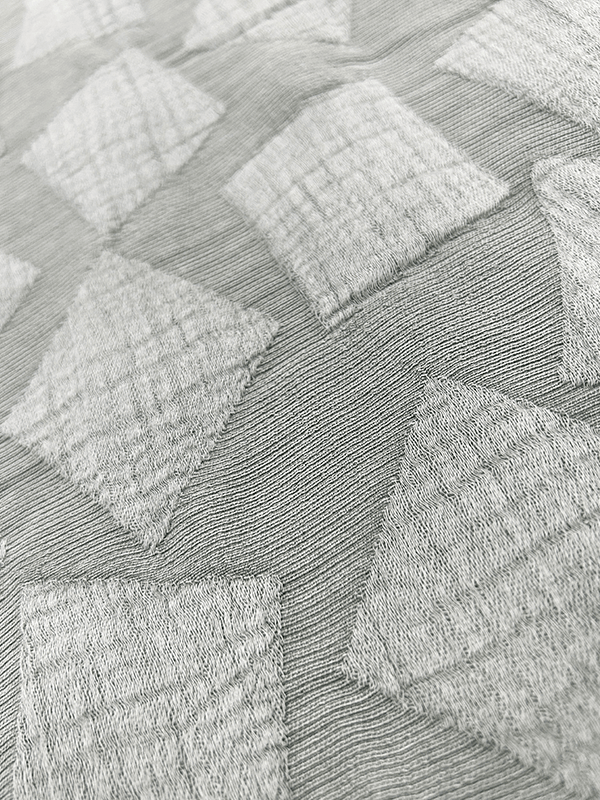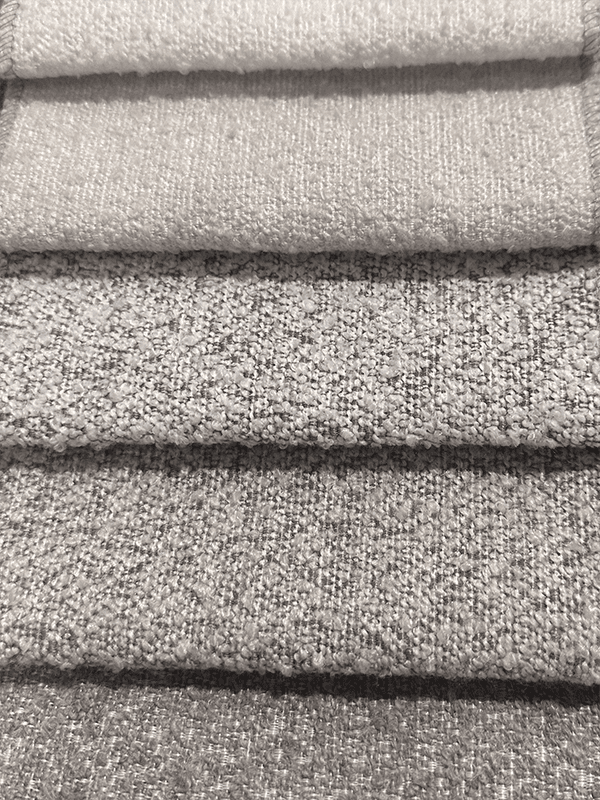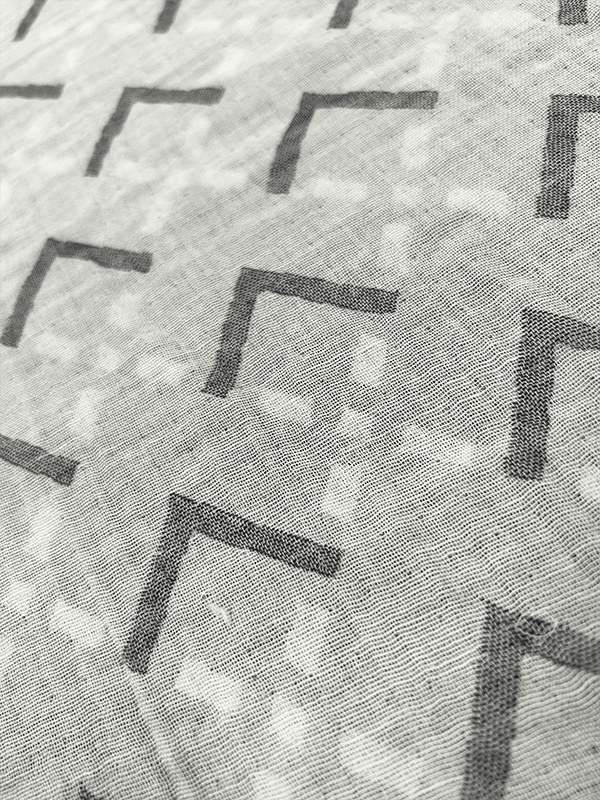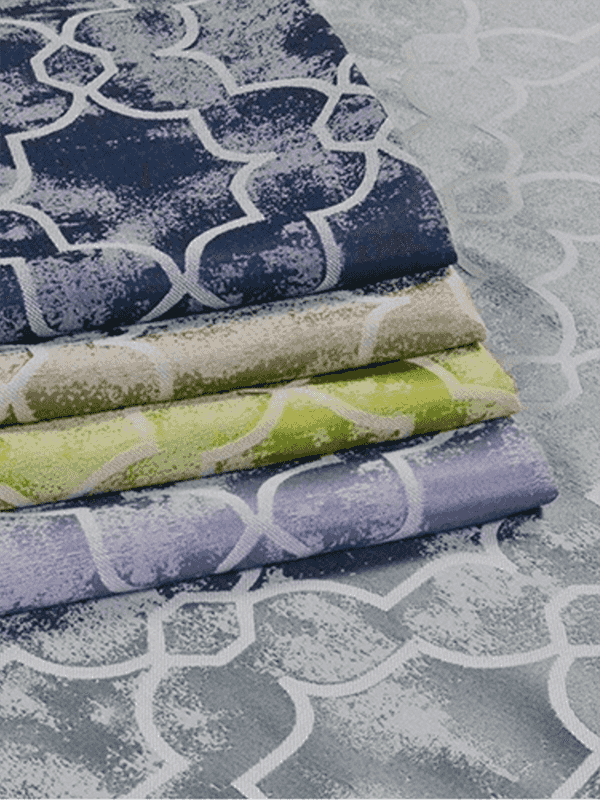In modern home life, bedding fabric is not only an important factor affecting sleep quality, but also directly related to the beauty and comfort of the home environment. Whether it is soft cotton, breathable linen, or luxurious silk, choosing the right bedding fabric can bring you a better rest experience.
Cotton fabric
Features: soft, moisture-absorbent and breathable, close to the skin, it is the most common bedding material.
Applicable scenarios: Applicable all year round, especially for people who pursue natural comfort.
Linen fabric
Features: rough texture, good heat dissipation, unique texture and natural breath.
Applicable scenarios: best used in summer, suitable for people who like cool touch.
Silk fabric
Features: delicate and smooth, skin-friendly and breathable, full of nobility and luxury.
Applicable scenarios: suitable for users who pursue quality life, especially in winter and dry areas.
Polyester fabric
Features: durable, wrinkle-resistant, not easy to shrink, relatively affordable.
Applicable scenarios: children's room or daily practical occasions.
Blended fabrics
Features: Combining the advantages of multiple materials, such as cotton and polyester blends, which are both comfortable and durable.
Applicable scenarios: Daily use and mid-range home needs.
A soft and fitting touch is a basic requirement for high-quality bedding, which can significantly improve sleep quality.
High-quality fabrics should have good breathability, which helps to keep the sleeping environment dry and comfortable.
Fabrics with strong moisture absorption can effectively absorb sweat and avoid discomfort during sleep.
Fabrics that can still maintain softness and bright colors after multiple washes are more cost-effective.

Spring and summer: Choose breathable and cool linen or light pure cotton fabrics.
Autumn and winter: Silk or thick cotton flannel are more suitable for cold weather.
Choose according to touch and comfort
Touch the fabric yourself to feel its softness and comfort to ensure that it is not irritating.
Pay attention to environmental protection and health
Choose fabrics made with environmentally friendly dyeing technology to reduce the potential harm of chemical residues to the skin.
Pay attention to fabric density
High-density fabrics are usually of better quality and are not easy to pill or break.
Cotton and linen: It is recommended to use warm water and neutral detergent, and avoid high-temperature washing.
Silk: Professional silk detergent is required, hand washing is best, and avoid exposure to the sun.
Polyester and blended fabrics: Generally machine washable, but the gentle mode must be selected.
It is recommended to change and wash bedding once a week to maintain hygiene and comfort.
Seasonal bedding should be washed and stored in a dry place. Moisture-proof bags or mothballs can be used to avoid moisture or insect infestation.
Exposure to the sun may cause the fabric to fade or harden. It is best to choose a cool and ventilated place for drying.
As consumers' pursuit of quality life continues to improve, the research and development of bedding fabrics is also moving towards a more environmentally friendly and high-tech direction. For example, antibacterial and anti-mite fabrics, temperature-controlled fiber fabrics, etc. are becoming the mainstream trend in the future. Such innovations not only improve the functionality of bedding, but also bring consumers a healthier sleep experience.
The choice of bedding fabrics is not only a concern for sleep quality, but also a reflection of the quality of life. By understanding the characteristics and applicable scenarios of different fabrics, and making reasonable choices based on seasons and personal needs, you can create a comfortable and warm sleeping space. At the same time, scientific maintenance methods can extend the service life of bedding products, making every night's rest a kind of enjoyment. Whether it is the classic pure cotton or the luxury of silk, each fabric is interpreting your own sleep art for you.

 English
English 中文简体
中文简体 Español
Español عربى
عربى













